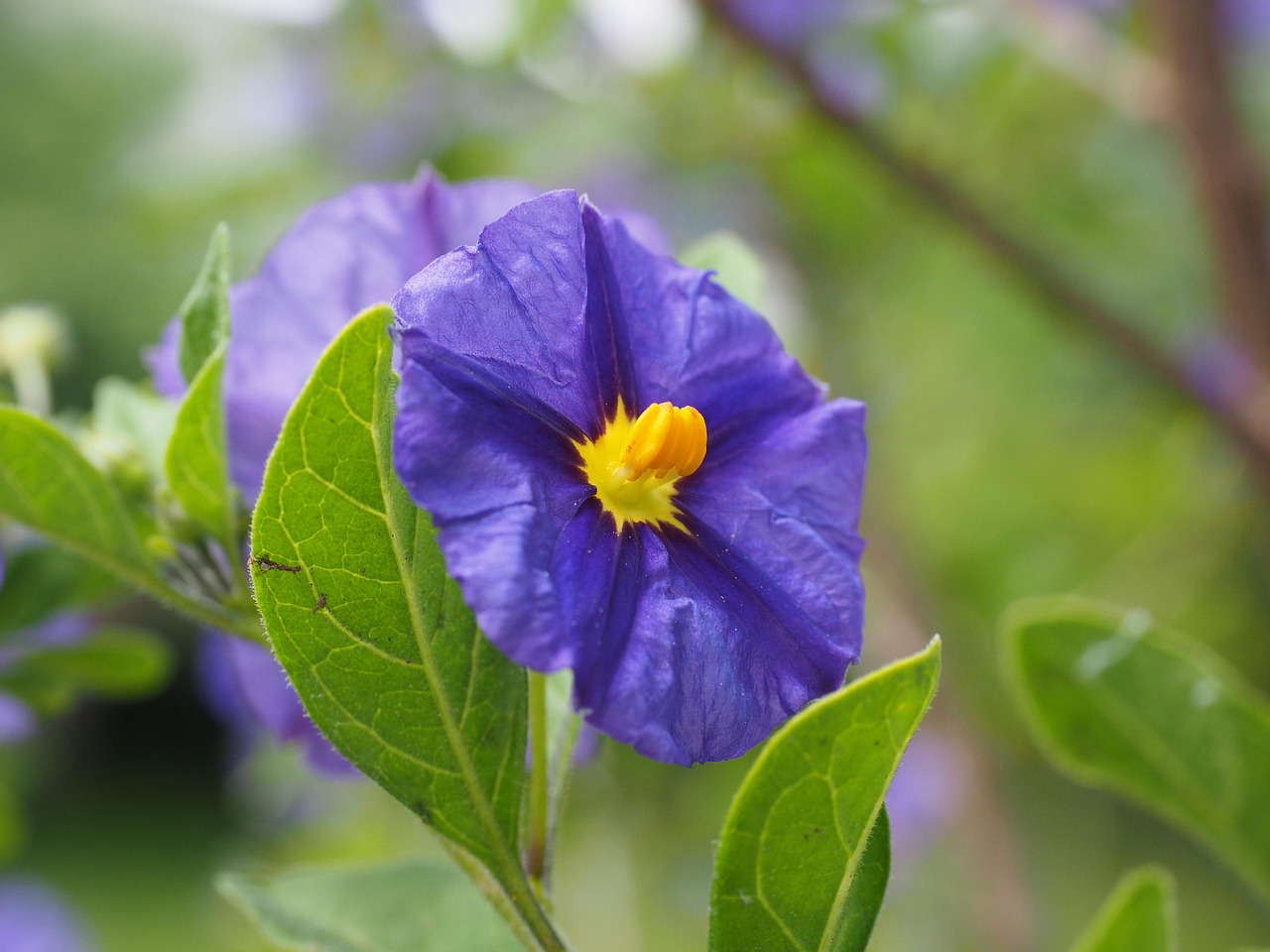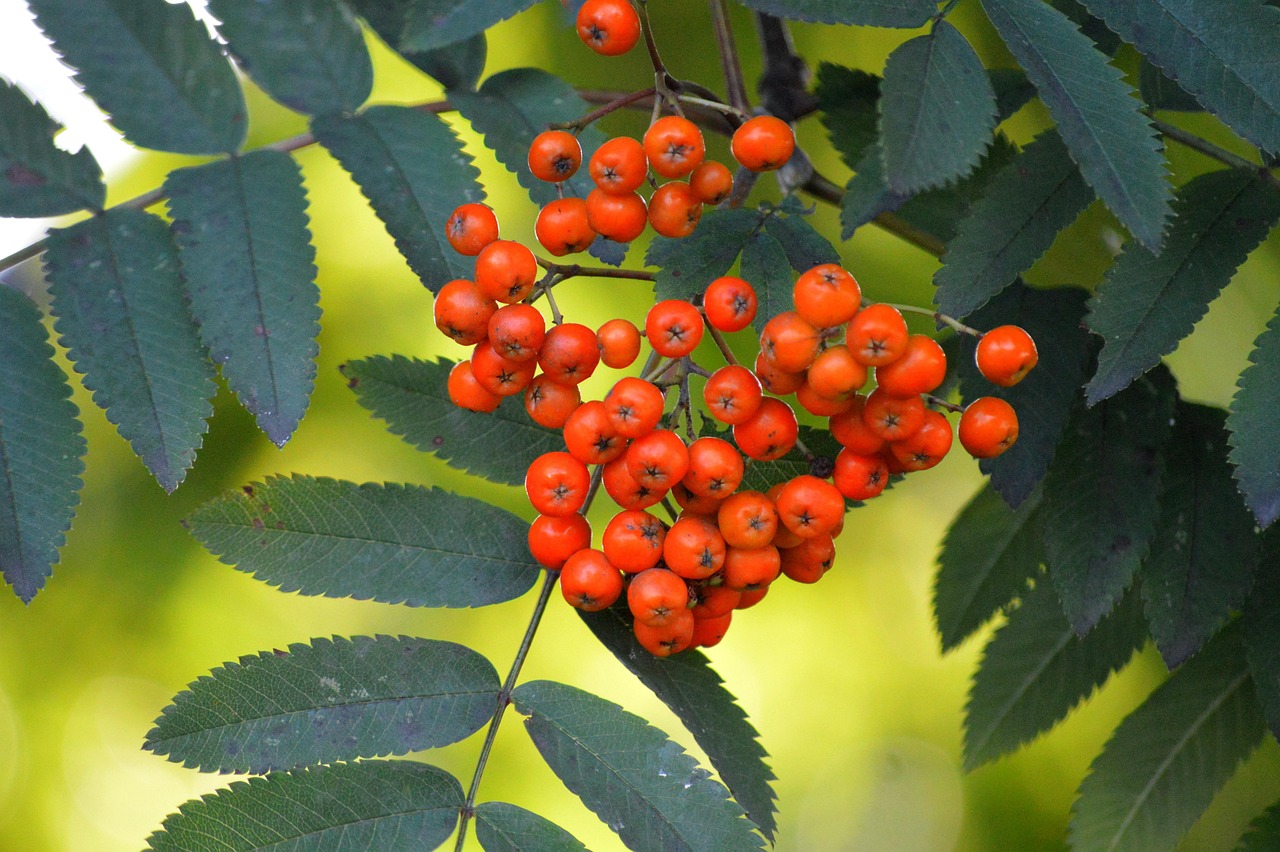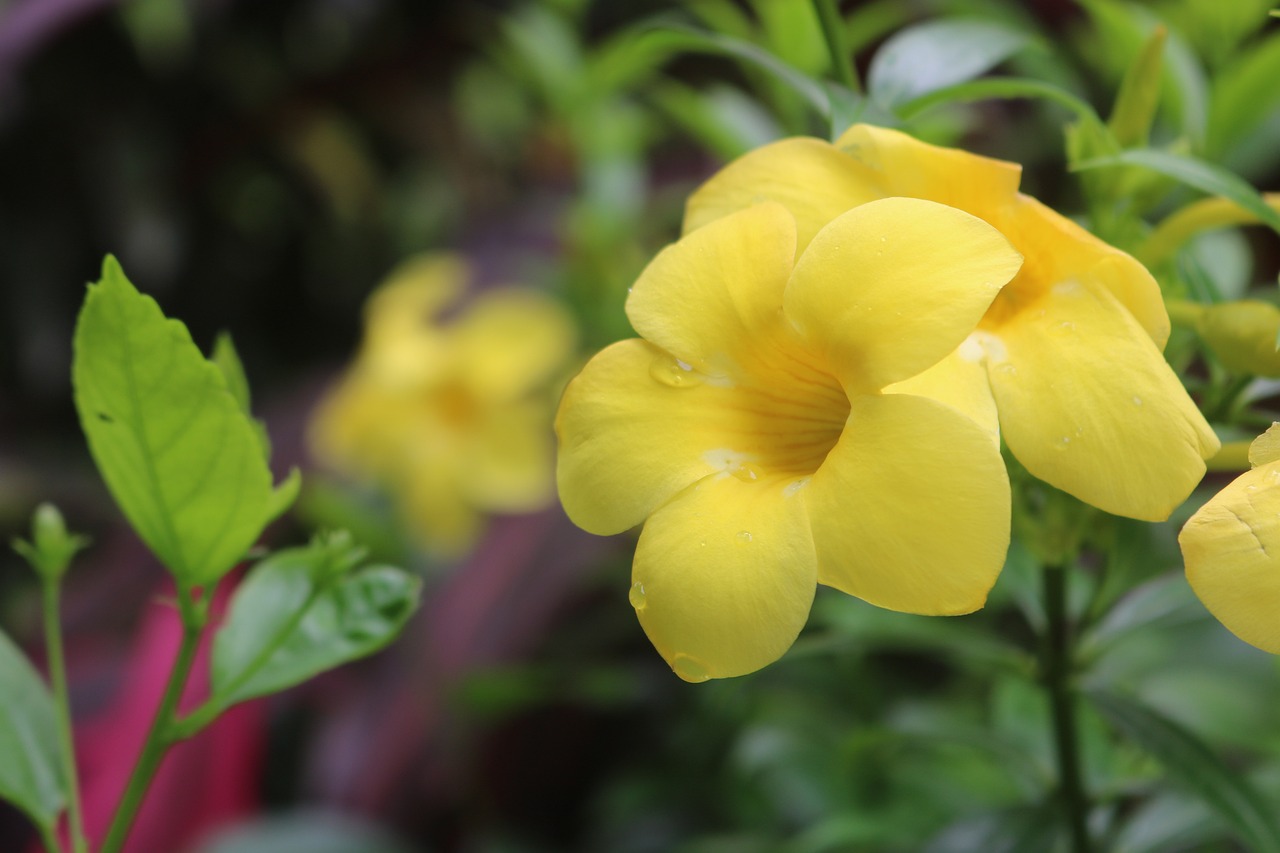Bottlebrush | The Crimson Beauty of Australia’s Landscape
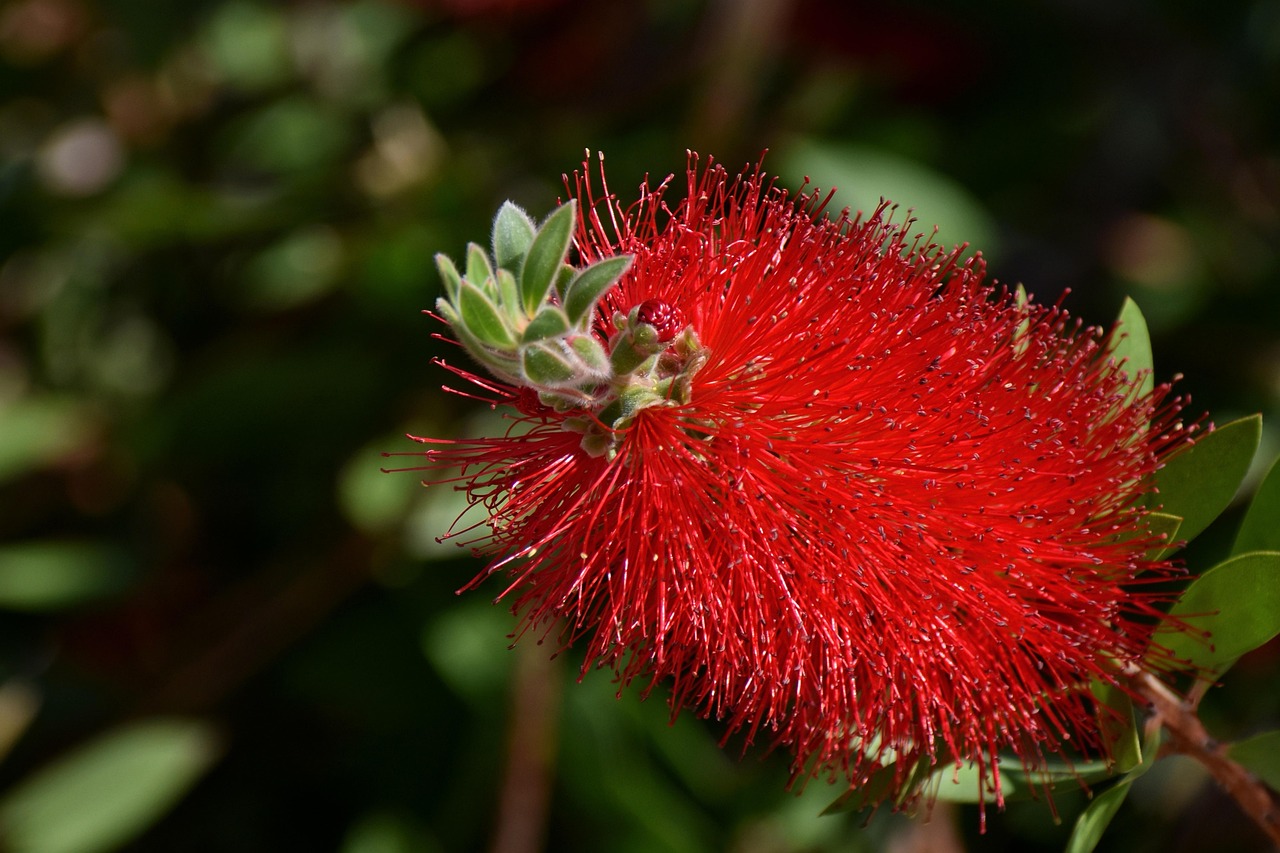
The bottlebrush is an evergreen shrub characterized by its slender red flowers. Its name derives from the resemblance of its blossoms to the brushes used for cleaning bottles or test tubes.
Originating in Australia, it is highly resistant to drought and heat, and is widely planted around the world as a decorative tree in parks and gardens. From spring to summer, it produces vivid flowers that add bright colors to any garden.
In this article, I will introduce the essential information, cultural background, history, and cultivation methods of the bottlebrush.
Basic Information
- Scientific name: Callistemon
- Family: Myrtaceae
- Origin: Australia
- Appearance: The plant is notable for its slender, cylindrical flowers, available in red, pink, or yellow varieties. Its narrow, firm leaves release a refreshing scent when rubbed. It grows to about 2–5 meters in height and is used as a garden tree or hedge.
- Flowering season: Spring–summer
Cultural Significance Worldwide
The bottlebrush is widely cherished as a garden and park tree in warm regions, especially in Australia where it grows abundantly as a native species. It is commonly found in dry areas and is valued for attracting birds and insects, enriching local ecosystems.
In Europe and the United States, its unique form and heat tolerance have earned it popularity as an ornamental plant. In southern Europe and California, it is often planted as a street or park tree, adding vibrancy to urban landscapes.
In Japan, it is mainly grown in warm regions and appreciated as a rare garden tree due to its distinctive flower shape.
Historical Background
The bottlebrush was first discovered in Australia in the late 18th century.
It was brought to Europe by the British botanist Joseph Banks, who cultivated it at the Royal Botanic Gardens. During his explorations of Australia, Banks identified many new plant species, including the bottlebrush.
In the 19th century, colonial expansion facilitated the introduction of Australian flora to Europe, where the bottlebrush gained popularity as an ornamental plant. Its resilience and unique form attracted attention, leading to its adoption in gardens and along avenues in France and Spain.
By the 20th century, it was actively cultivated in the warm regions of California and Florida, and today it is cherished worldwide as an ornamental tree.
Gardening Advice
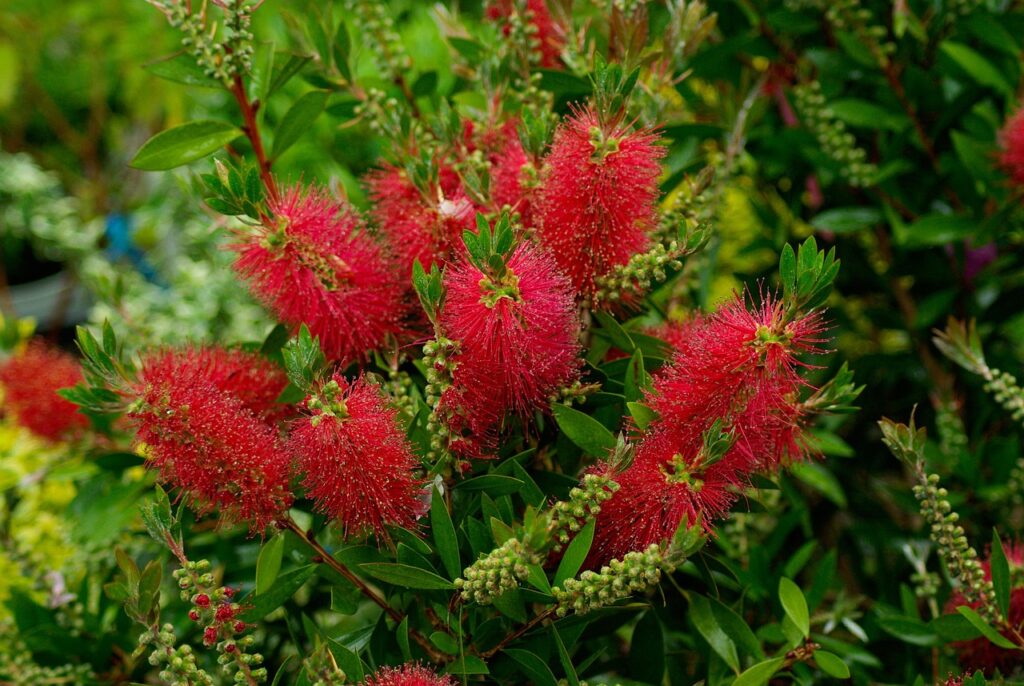
Although relatively easy to grow, the bottlebrush requires proper care to ensure beautiful blossoms.
Sunlight
Prefers full sun. Lack of light reduces flowering.
Watering
Drought-tolerant, but needs moderate watering until established. Water before the soil becomes completely dry, especially during summer.
Soil
Thrives in well-drained soil. Sandy soil or soil enriched with leaf mold is suitable. For clay soils, add pumice or perlite to improve drainage.
Fertilizer
Apply slow-release fertilizer in spring and summer. Phosphorus-containing fertilizer promotes abundant flowering.
Pruning
Prune after flowering to encourage new buds and maintain shape. Trim back overgrown branches as needed.
Cold resistance
Hardy in warm regions. In colder climates, grow in pots and bring indoors during winter. Protect from frost with suitable measures.
Conclusion
The bottlebrush, an evergreen shrub native to Australia, is distinguished by its vivid red blossoms that resemble cleaning brushes. It is valued worldwide as an ornamental tree in gardens and parks.
Since its introduction to Europe in the 18th century, the plant has been admired for its resilience and unique floral form. It thrives in sunny, well-drained soil and blooms more abundantly with proper pruning. Easy to cultivate in warm regions, the bottlebrush is a striking plant that enhances both private gardens and urban landscapes.


